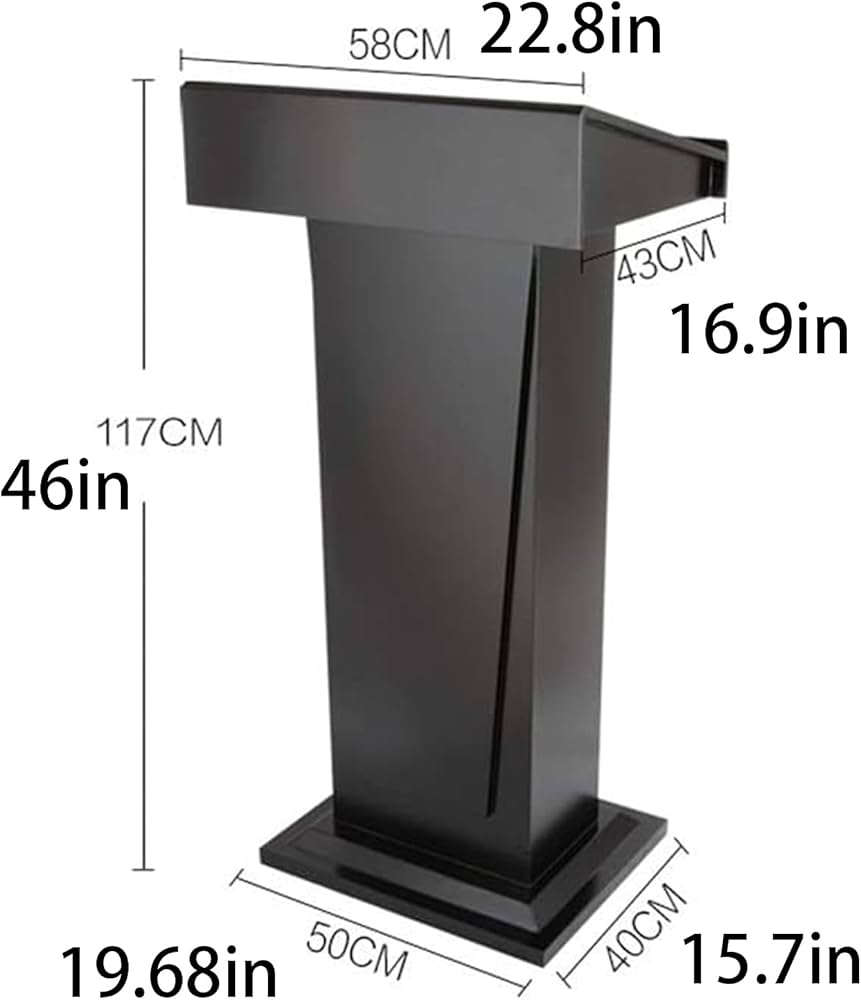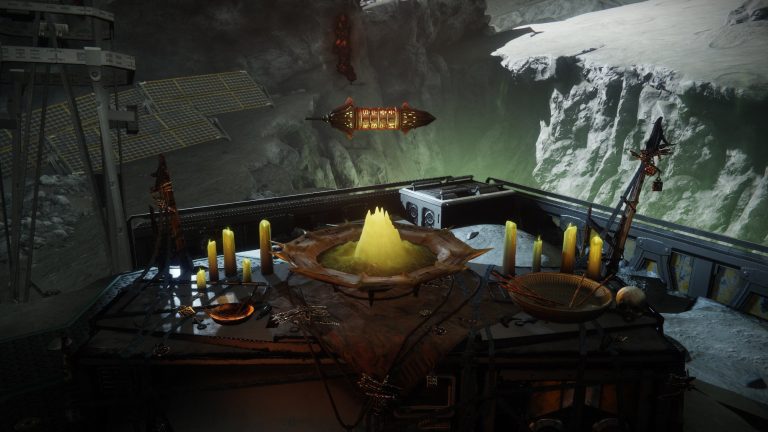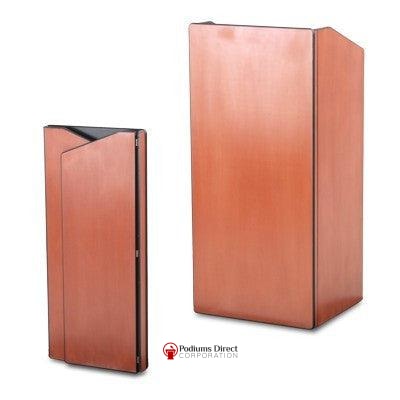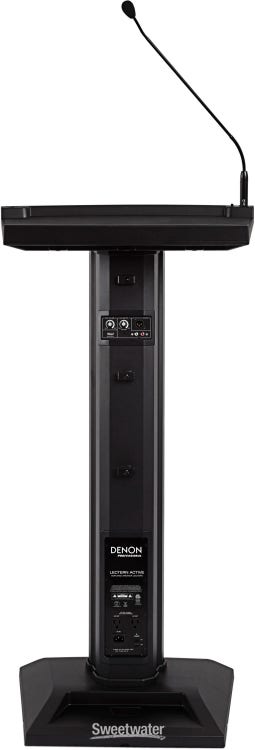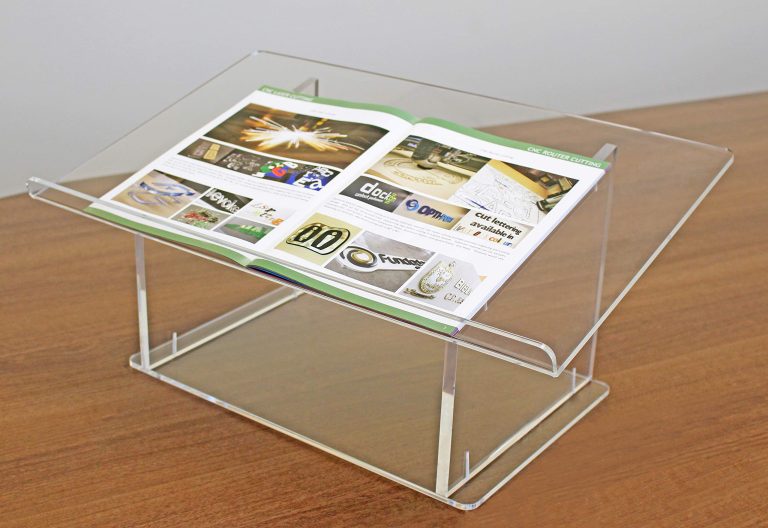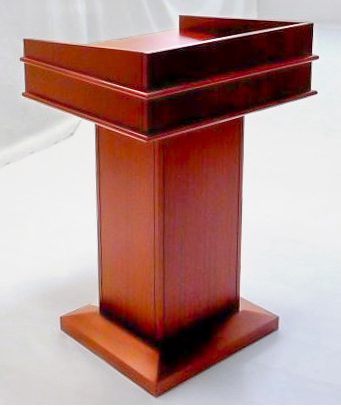Lectern Materials: Choosing the Best Options for Durability and Style
Lecterns come in various materials, each offering unique benefits. Choosing the right material impacts durability, aesthetics, and functionality.
Understanding the different lectern materials can help you make an informed decision. Whether you need a lectern for a church, school, or conference room, the material plays a crucial role. Some are lightweight and portable, while others offer a more permanent and robust solution.
The choice of material also affects the lectern’s appearance, which can enhance your space’s overall look. By exploring the options available, you can select a lectern that meets your specific needs and preferences. This guide will help you navigate through the most common lectern materials, providing insights to aid in your decision-making process.

Credit: www.amazon.com
Wood Options
Choosing the right wood for a lectern can enhance its beauty and durability. Different types of wood offer unique characteristics. This section covers two main categories: hardwoods and softwoods.
Hardwood Choices
Hardwoods are dense and durable. They are often preferred for their strength and longevity.
| Wood Type | Characteristics |
|---|---|
| Oak | Strong and durable, with a prominent grain pattern. |
| Maple | Hard and resistant to wear. Light color with smooth grain. |
| Cherry | Rich color that darkens with age. Smooth, fine grain. |
| Walnut | Dark brown with a sleek, smooth finish. Highly durable. |
Softwood Choices
Softwoods are generally lighter and easier to work with. They can be a more budget-friendly option.
- Pine – Light, easy to work with, and has a rustic charm.
- Cedar – Naturally resistant to decay, with a pleasant aroma.
- Fir – Strong for a softwood, with a straight grain.
- Spruce – Lightweight and has a fine, even texture.
Both hardwoods and softwoods offer distinct advantages. Your choice will depend on your needs and budget.
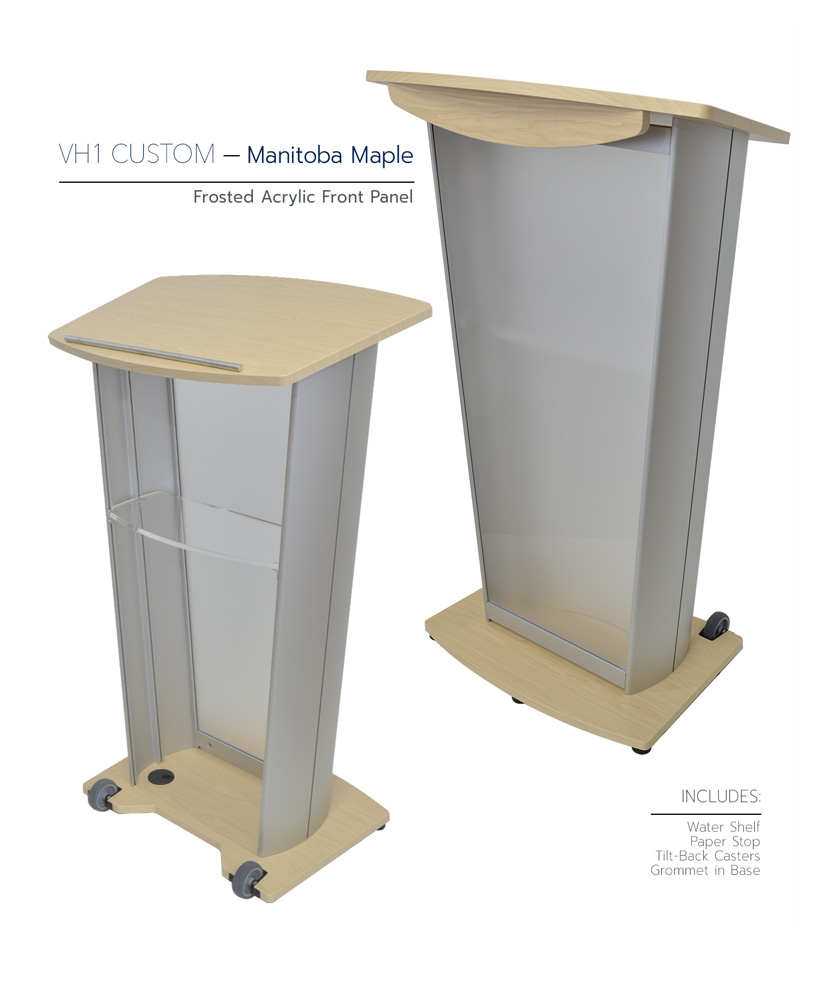
Credit: www.podiumpros.com
Metal Choices
Choosing the right material for your lectern is important. Metal options are popular for their durability and strength. Here, we’ll explore two common metal choices: aluminum and steel.
Aluminum Pros And Cons
Aluminum is lightweight. This makes it easy to move the lectern around. It also resists corrosion, keeping the lectern looking new. The metal has a sleek, modern appearance. This can enhance the look of your space.
Yet, aluminum can be more costly. It may not be as strong as steel. For heavy use, it might not be the best option. It can also dent or scratch more easily.
Steel Pros And Cons
Steel is known for its strength. It can handle heavy use without damage. This makes it a great choice for busy environments. Steel also has a classic, professional look. It can add a touch of elegance to any room.
On the downside, steel is much heavier. Moving the lectern may be difficult. It can also rust if not properly treated. Some people find its look less modern.
Acrylic Alternatives
Acrylic alternatives are gaining popularity for lectern materials. They offer unique benefits and design options. Let’s explore why acrylic is a preferred choice and its design flexibility.
Benefits Of Acrylic
Acrylic is lightweight yet strong. This makes it easy to move lecterns. Acrylic is also clear, providing a sleek, modern look. It resists yellowing, ensuring long-lasting clarity.
Another benefit is its low maintenance. Acrylic is easy to clean and maintain. It doesn’t require special cleaners. Simply wipe it with a cloth. This keeps it looking new and shiny.
Design Flexibility
Acrylic is highly versatile. It can be molded into various shapes. This allows for unique and custom designs. Transparent acrylic can blend with any décor.
Acrylic also comes in different colors. This adds a creative touch to the lectern. Designers can play with color and form. The flexibility of acrylic is unmatched.
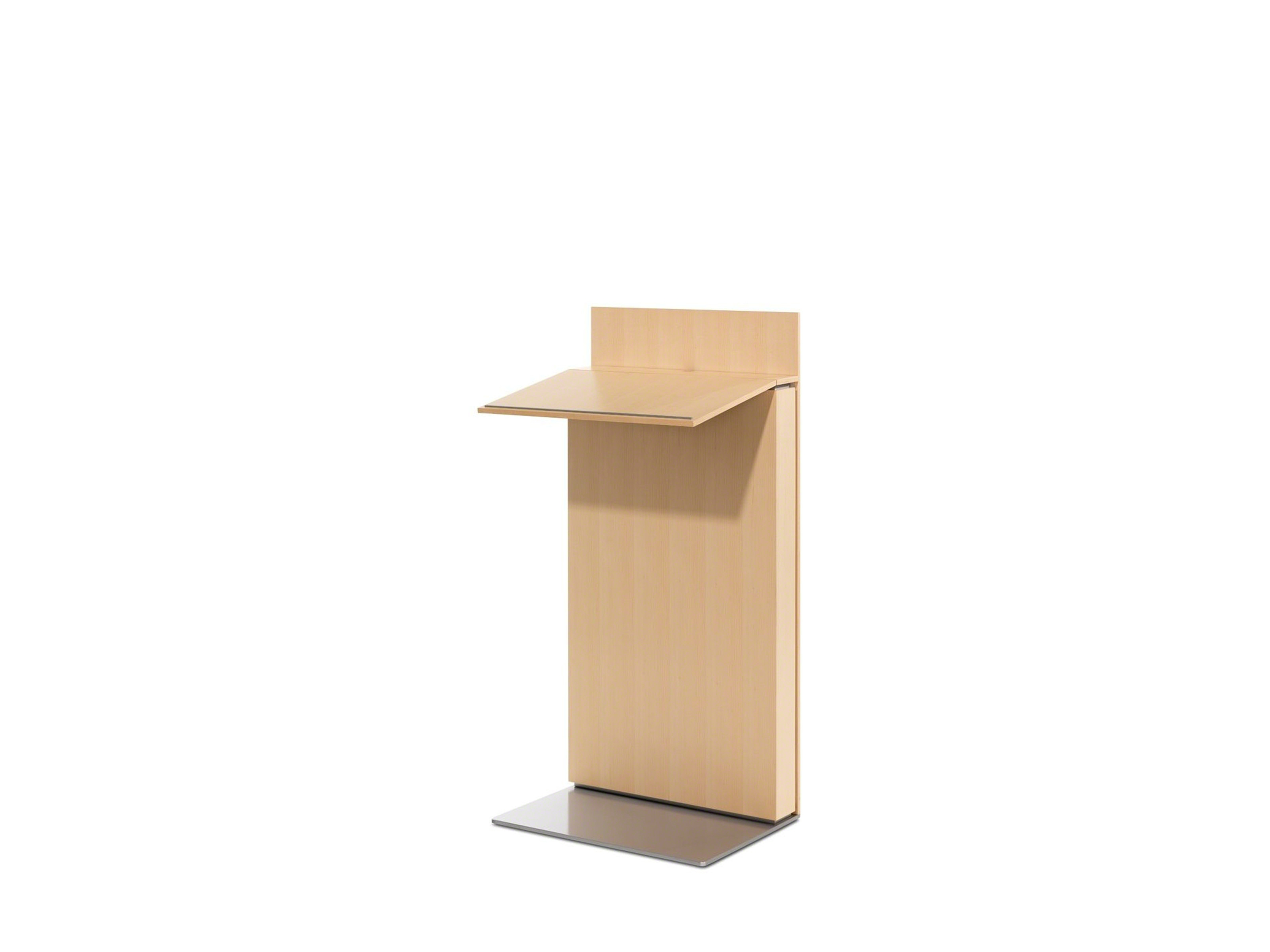
Credit: www.steelcase.com
Hybrid Materials
Hybrid materials in lectern design combine the strengths of different substances. This approach creates unique and functional pieces. By blending materials, designers achieve a balance of aesthetics and durability.
Combining Wood And Metal
Wood and metal together offer a timeless look. Wood provides warmth and tradition. Metal adds strength and modernity. This combination suits various settings, from classrooms to conference halls. The wood’s natural finish contrasts with the metal’s sleek surface. It results in a sophisticated appearance.
Using wood for the lectern’s body and metal for the frame works well. This design ensures stability. It also maintains a lightweight structure. The blend of materials allows for creative designs. Lecterns can have intricate wooden details with sturdy metal support.
Mixing Acrylic And Metal
Acrylic and metal create a contemporary style. Acrylic is lightweight and transparent. Metal is strong and resilient. Together, they form a modern and clean look. This blend is popular in tech-driven environments and modern offices. Acrylic panels give a floating effect. Metal frames provide necessary support.
Using acrylic for the lectern’s surface and metal for the base is effective. It offers a sleek and professional appearance. This combination is easy to maintain. The materials are also durable. They withstand daily use without losing appeal. The mix of clear acrylic and polished metal enhances any setting.
Frequently Asked Questions
What Materials Are Commonly Used For Lecterns?
Wood, acrylic, and metal are the most common materials for lecterns. Each offers unique benefits.
Which Lectern Material Is The Most Durable?
Metal lecterns are the most durable. They withstand heavy use and last longer than wood or acrylic.
Are Acrylic Lecterns Easy To Maintain?
Yes, acrylic lecterns are easy to clean and maintain. They only need occasional dusting and polishing.
Conclusion
Choosing the right lectern materials can greatly impact your presentation. Wood offers a classic look. Metal provides durability. Acrylic adds a modern touch. Each material has its own benefits and style. Consider your audience and setting. This ensures your choice complements the event.
Investing in the right material pays off in the long run. Make your presentations stand out with a well-chosen lectern. Simple, effective, and professional.
